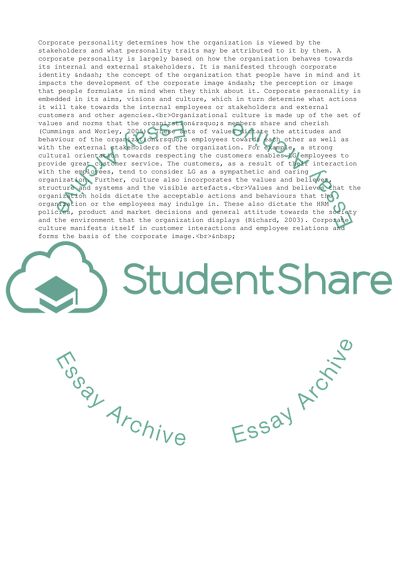Cite this document
(Corporate Identity and Communications - Creating a Competitive Advanta Assignment, n.d.)
Corporate Identity and Communications - Creating a Competitive Advanta Assignment. Retrieved from https://studentshare.org/business/1743799-consumer-behavior
Corporate Identity and Communications - Creating a Competitive Advanta Assignment. Retrieved from https://studentshare.org/business/1743799-consumer-behavior
(Corporate Identity and Communications - Creating a Competitive Advanta Assignment)
Corporate Identity and Communications - Creating a Competitive Advanta Assignment. https://studentshare.org/business/1743799-consumer-behavior.
Corporate Identity and Communications - Creating a Competitive Advanta Assignment. https://studentshare.org/business/1743799-consumer-behavior.
“Corporate Identity and Communications - Creating a Competitive Advanta Assignment”, n.d. https://studentshare.org/business/1743799-consumer-behavior.


